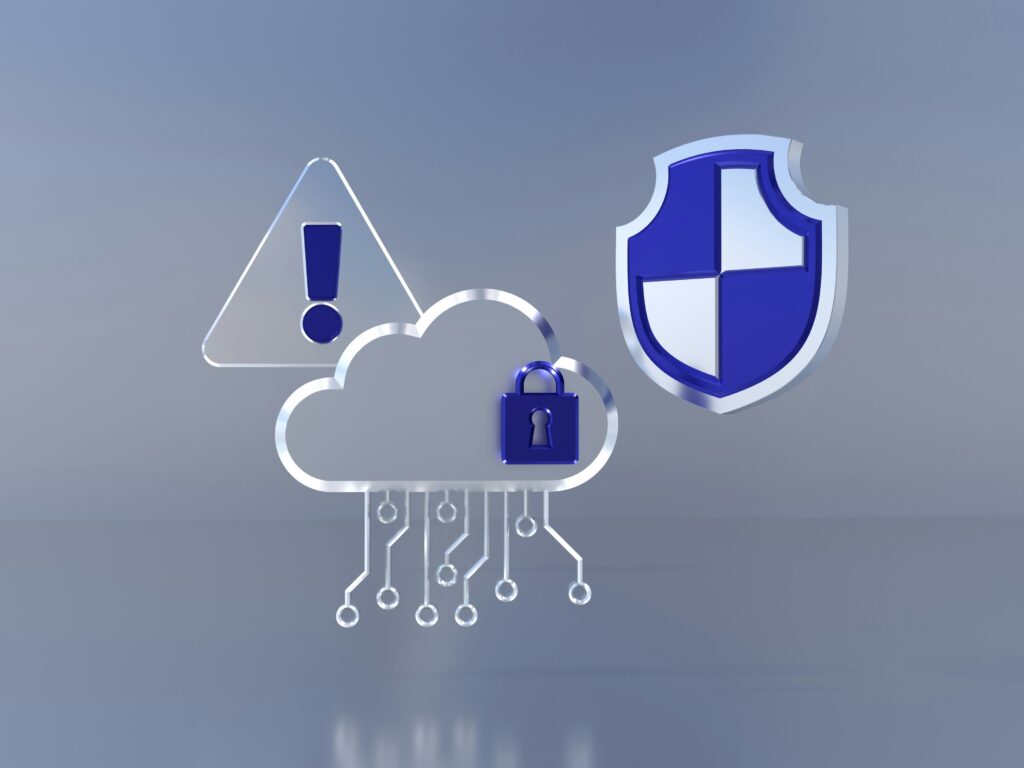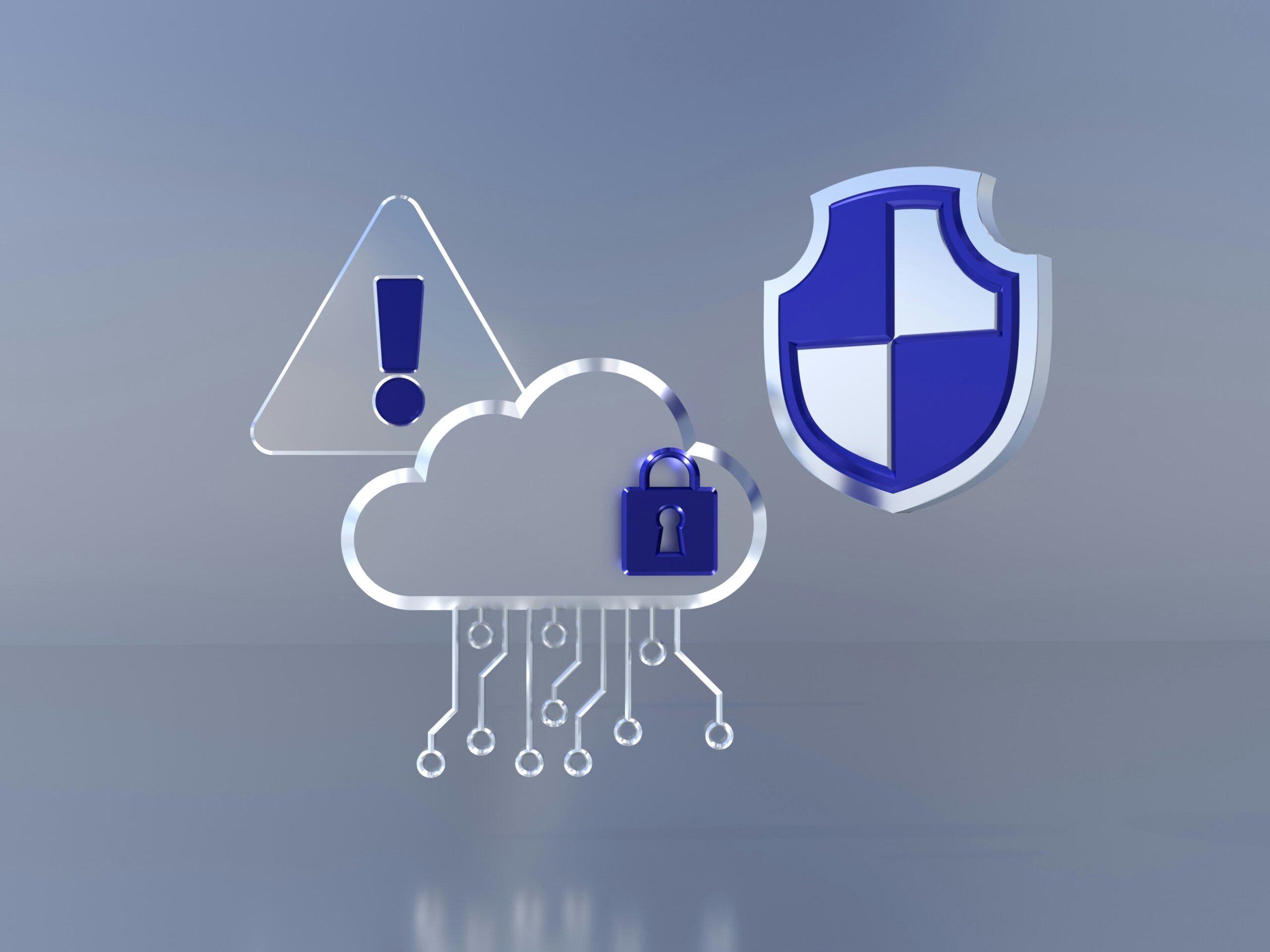Is Your Business Ready for Cyber Insurance?
In 2025, getting cyber insurance isn’t optional—it’s essential. With data breaches averaging $4.45 million per incident and cybercrime targeting everyone from biotech startups to healthcare practices, insurers are tightening their requirements.
At Cloud Cat Services, we’ve helped dozens of companies in regulated industries like biotech, finance, and healthcare secure insurance by aligning their IT systems with insurer expectations.
In this article, we’ll walk you through:
- ✅ Common IT prerequisites for cyber insurance
- 🔐 Network security controls that reduce premiums
- 🗞️ What insurers look for in documentation
- 🎯 How to proactively prepare (and avoid rejection)
- 📅 Industry-specific insurer trends
- 📅 BONUS: Downloadable Cyber Insurance IT Readiness Checklist
Let’s dive in.
Why Cyber Insurance Isn’t a Silver Bullet—But Still Critical
Cyber insurance won’t stop a breach. But it will protect your business from collapse after one. It covers expenses like:
- Legal fees and regulatory fines
- Data restoration and breach investigation
- Customer notification and credit monitoring
- Business interruption and revenue loss
- Ransomware demands (in some cases)
However, insurers are cracking down. If you lack basic cybersecurity controls, you could face:
- ❌ Denied coverage
- ❌ Excluded claims
- ❌ Higher premiums (up to 3x more)
That’s why preparation matters.
Top Cyber Insurance Requirements: What Your Insurer Wants to See
While each insurer varies slightly, there’s growing consensus around core security controls. Here are the most requested IT prerequisites:
1. Multi-Factor Authentication (MFA)
- Required for all cloud services, VPN, email, remote access, and admin accounts.
- MFA prevents 99% of credential-based attacks.
Real Example: One biotech client was denied a $1M policy until MFA was enforced across lab systems.
2. Regular Risk Assessments & Penetration Testing
- Minimum annually, ideally biannually.
- External scans and simulated attacks are becoming insurer-standard.
Cloud Cat Tip: We conduct NIST-based assessments and third-party reports to fast-track approvals.
3. Documented Cybersecurity Policies
Insurers require written documentation outlining how you:
- Govern access
- Manage third-party risks
- Respond to incidents
- Backup and recover data
Bonus: Policies should be SOC2/HIPAA ready. Ask us for editable templates.
4. Employee Cyber Awareness Training
- Phishing, social engineering, and poor passwords cause 80+% of breaches.
- Simulated phishing and monthly micro-training are now expected.
5. Data Encryption
- Encryption at rest and in transit with AES-256 or better.
- Applies to cloud, on-prem, backups, and mobile devices.
6. EDR + Patch Management
- Endpoint Detection & Response (EDR) is preferred over traditional antivirus.
- 72-hour max patching window for critical vulnerabilities.
Network Security Controls That Lower Your Risk (and Your Premium)
Security maturity now directly affects your cyber insurance cost. Here’s how insurers view key tools:
| Control | Required | Reduces Premium | Adds Coverage |
|---|---|---|---|
| Firewalls (Next-Gen) | ✅ Yes | ✅ Yes | ✅ Yes |
| IDS/IPS | ✅ Yes | ✅ Yes | ✅ Yes |
| SIEM (Log Management) | Optional | ✅ Often | ✅ Advanced |
| Zero Trust / Network Segmentation | Optional | ✅ Yes | ✅ Advanced |
Most clients save 10–20% on premiums after tightening their firewall and endpoint policies.
⚡ Industry-Specific IT Requirements (2025 Trends)
Insurers now evaluate compliance based on your sector. Here’s what they prioritize:
Biotech / Life Sciences
- CFR Part 11 validation
- HIPAA privacy & security rules
- Secure lab equipment and research cloud access
Healthcare Practices
- Encrypted EHR backups
- Business Associate Agreements (BAAs)
- Incident reporting timelines (HITECH Act)
Finance / Fintech / PE Firms
- PCI-DSS for payment handling
- SOC2/GLBA-aligned controls
- Vendor due diligence documentation
Non-Profits
- Basic cybersecurity training
- Donor data protection
- Cost-effective endpoint defense
We offer pre-built packages tailored to these sectors to reduce friction and time-to-policy.
Incident Response & Business Continuity: Required, Not Optional
Most insurers require you to submit an IRP (Incident Response Plan) and DR plan.
📅 Incident Response
- Who’s in charge?
- How do you detect, contain, recover?
- Do you notify stakeholders within 72 hours?
🌀 Business Continuity / Disaster Recovery
- RPO/RTO definitions
- Offsite encrypted backups
- Quarterly tabletop tests
Bonus: Our clients get free IRP/BCP templates that insurers love.
Cyber Insurance Application: What to Expect
📊 Most Common Questions
- Is MFA enforced across all endpoints?
- When was your last security risk assessment?
- Do you encrypt backups?
- What antivirus/EDR do you use?
- How do you manage vendor access?
- Have you had a breach in the last 24 months?
If your answers are incomplete or vague, you may be denied or pay double.
🚨 Real World: When Companies Get Denied
- A dental practice lost $150K in claims due to weak email filters.
- A biotech firm failed to qualify due to shared passwords across lab systems.
- A non-profit was breached and had no IRP—denied claim.
Don’t let this be you.
Vendor Risk Management: The Hidden Requirement
Many companies forget insurers will assess your:
- Third-party access controls
- SOC2 or BAA collection
- SaaS risk reviews
- Contractual cybersecurity clauses
You are only as secure as your weakest vendor.
Free Download: Cyber Insurance IT Readiness Checklist
Want to make sure your systems pass inspection?
✅ Download our printable Cyber Insurance IT Readiness Checklist here:
👉 Download Now — No spam, just value
Or schedule a free consultation to have our team audit your setup.
Don’t Wait Until You’re Denied Coverage
The best time to prepare is before applying. If you wait until renewal or after a breach, you’re at the mercy of higher premiums and exclusions.
At Cloud Cat Services, we help companies:
- Reduce cyber risk
- Meet insurer checklists
- Prepare for audits
- Get compliant fast
✅ Let’s Get You Covered
✆ Book a free compliance review
🗓 Schedule a 20-minute consult now
📅 Download the Checklist and get insurer-ready on your own
FAQs About Cyber Insurance & IT Requirements
How long does it take to become insurance-ready?
With Cloud Cat Services, most small businesses are audit-ready in under 30 days.
Do I need a penetration test?
Sometimes. High-risk industries like biotech or fintech may require one.
Will insurance cover a ransomware payment?
Only if you meet all technical controls and notify your insurer quickly.
Can Cloud Cat help us apply for insurance?
Yes. We work with top insurers and can streamline the application process for you.











